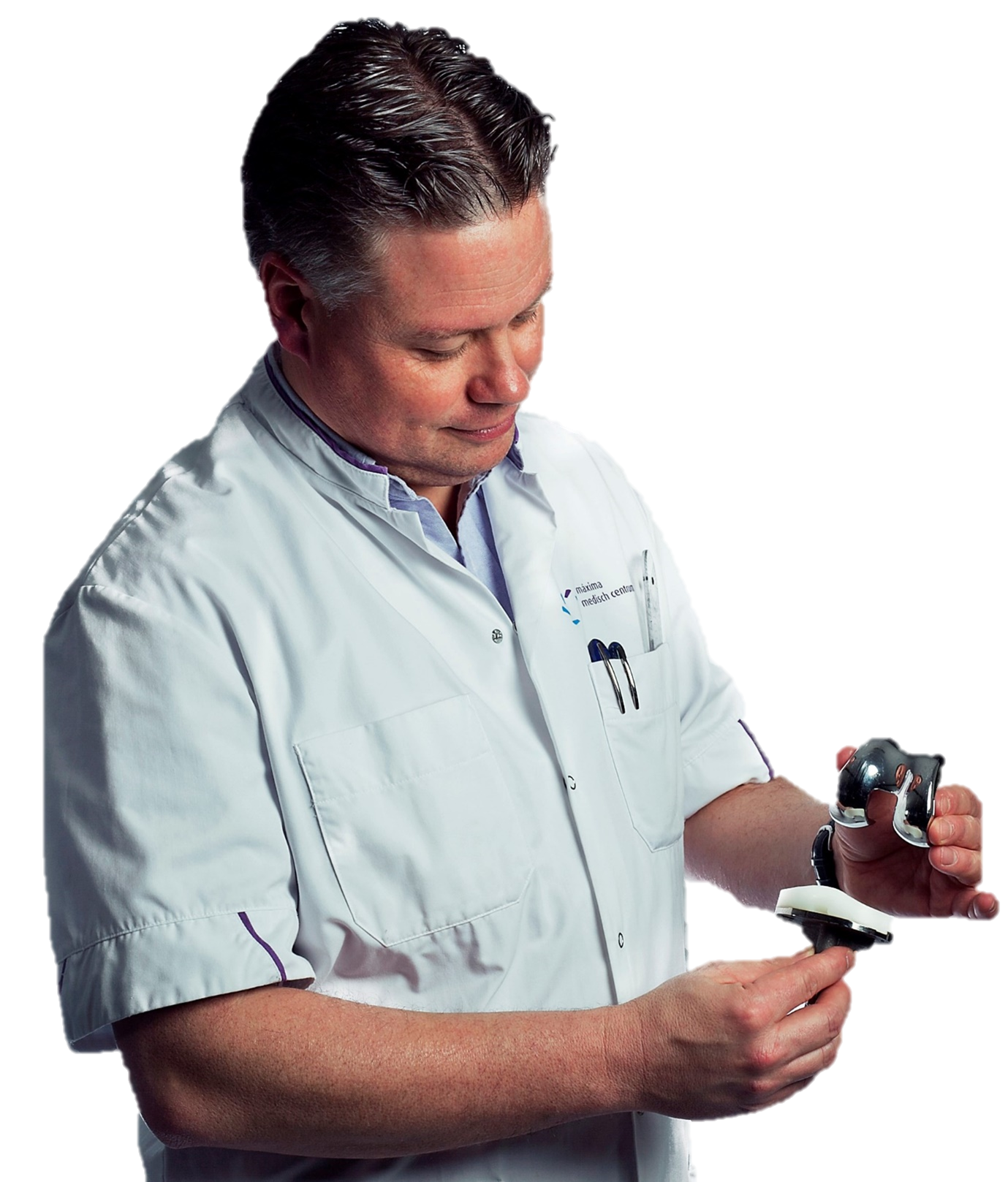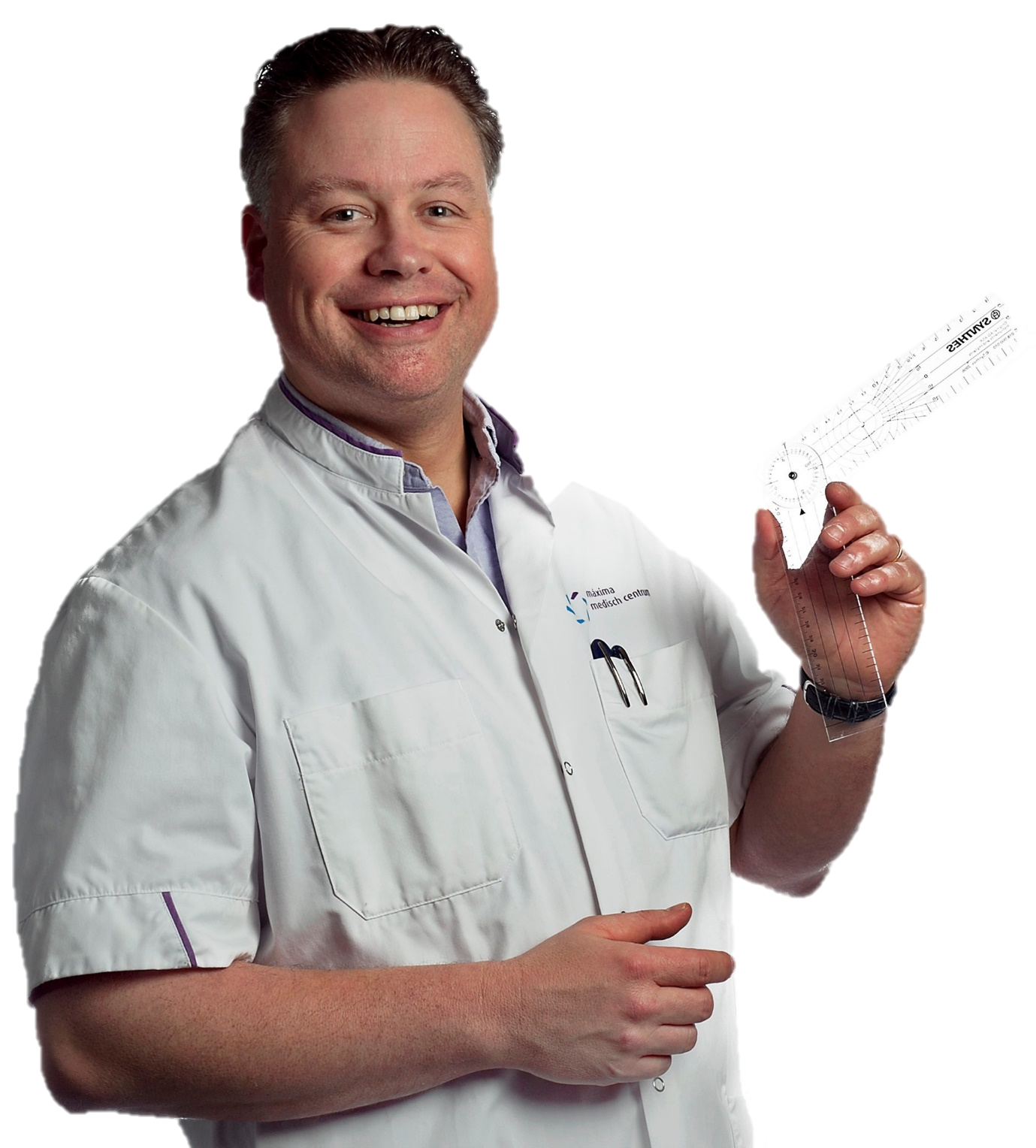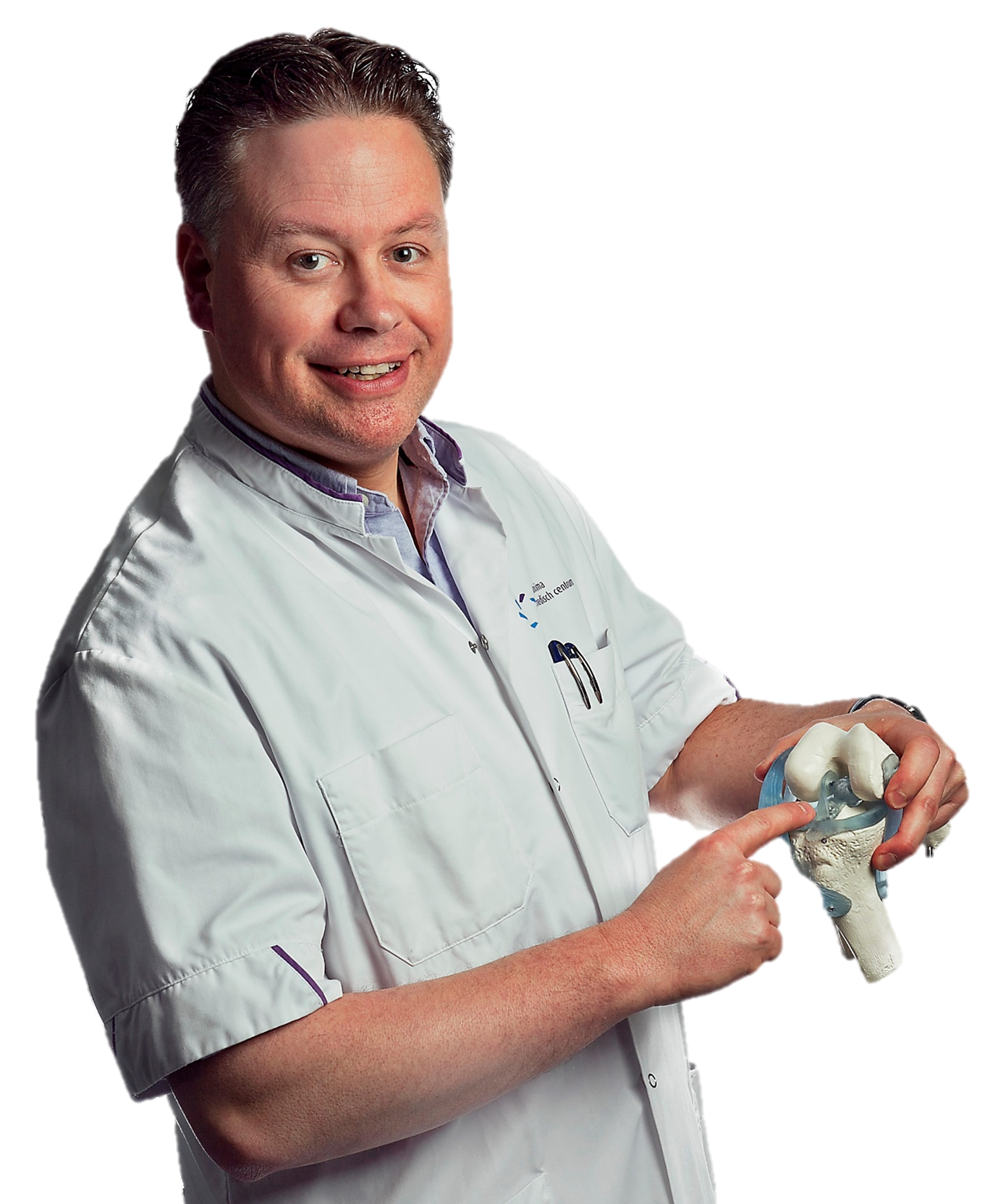STARR Study Group, Meuffels, D. E., &...
Diagnostic values of history taking, physical examination and KT-1000 arthrometer for suspect anterior cruciate ligament injuries in children and adolescents: a prospective diagnostic study

Abstract
Background: Diagnosing anterior cruciate ligament (ACL) injuries in children and adolescents are more challenging compared to adults. Delayed diagnosis may result in meniscal or chondral injuries. The aim of this study was to deter- mine the diagnostic values of history taking, physical examination and KT-1000 arthrometer for suspect ACL injuries in children and adolescents.
Methods: In this prospective diagnostic study, all children and adolescents (< 18 years) with post-traumatic knee complaints presenting at the out-patient department of the Máxima MC were eligible for inclusion. One experienced knee specialised orthopaedic surgeon was blinded and performed history taking, physical examination and KT-1000 arthrometer measurement. All patients had a magnetic resonance imaging (MRI) for the final diagnosis. Diagnostic values of interest were sensitivity, specificity, positive and negative predictive values (PPV and NPV). The outcomes
of the KT-1000 arthrometer were drafted in a relative operating characteristics (ROC) curve to determine the optimal cut-off points.
Results: Sixty-six patients were included, of which 50 had an ACL rupture and 16 had no ACL rupture on MRI. Report of a popping sensation during trauma had a specificity and PPV of 100% for diagnosing ACL injuries. The PPV and NPV of the Lachman test (in case of describing end-feel) were 95 and 82%, of the anterior drawer test 87 and 90% and of the pivot shift test 95 and 81% respectively. The optimal cut-off point of the KT-1000 arthrometer at 133 N force was an absolute translation of ≥7 mm with a PPV and NPV of 97 and 88% respectively.
Conclusions: Report of a popping sensation during trauma has a specificity and PPV of 100% for diagnosing ACL injuries in children and adolescents. Although potentially difficult in children, the Lachman test, anterior drawer test and pivot shift test have a high PPV and NPV when performed by an experienced orthopaedic surgeon. An absolute anterior translation of ≥7 mm of the injured knee in the KT-1000 arthrometer at 133 N has the highest diagnostic values of all tests for diagnosing ACL injuries.





